Megaloceros giganteus (Irish elk)
101101Irish elk (Megaloceros giganteus Blumenbach, 1799)
Order: Artiodactyla
Family: Cervidae
Temporal range: during the Late Pleistocene. The most recent remains of the species have been carbon dated to about 7.700 years ago in Eurasia.
Dimensions: length - 3.2 m, height - 200 сm, antlers - 2.7 m, weight - 600 kg
Megaloceros (also known as the "Irish elk") possessed one of the most complex and spectacular horns among deer, reaching in the antlers of 3.7 meters. It is noteworthy that each year these horns were dumped. The genus of the giant deer retained many primitive traits inherited from the ancestors.
The main events in the history of the horned deer are directly related to the significant developments of the late Cenozoic, coinciding with global climatic changes.
The appearance of the first megacerine was observed about 1.4 million years ago, and already in the Early Pleistocene their bone remains were found on the British Isles and in Germany, and in Eastern Europe - on the territory of Moldova and Ukraine. Finally, the giant deer became extinct about 11.000 years ago, much later than other representatives of the mammoth fauna. The last refuge of the Megaloceros was the forest-steppe of the Southern and Middle Urals.
Irish elk (Megaloceros giganteus Blumenbach, 1799)
Order: Artiodactyla
Family: Cervidae
Temporal range: during the Late Pleistocene. The most recent remains of the species have been carbon dated to about 7.700 years ago in Eurasia.
Dimensions: length - 3.2 m, height - 200 сm, antlers - 2.7 m, weight - 600 kg
Megaloceros (also known as the "Irish elk") possessed one of the most complex and spectacular horns among deer, reaching in the antlers of 3.7 meters. It is noteworthy that each year these horns were dumped. The genus of the giant deer retained many primitive traits inherited from the ancestors.
The main events in the history of the horned deer are directly related to the significant developments of the late Cenozoic, coinciding with global climatic changes.
The appearance of the first megacerine was observed about 1.4 million years ago, and already in the Early Pleistocene their bone remains were found on the British Isles and in Germany, and in Eastern Europe - on the territory of Moldova and Ukraine. Finally, the giant deer became extinct about 11.000 years ago, much later than other representatives of the mammoth fauna. The last refuge of the Megaloceros was the forest-steppe of the Southern and Middle Urals.

-797x638.jpg)
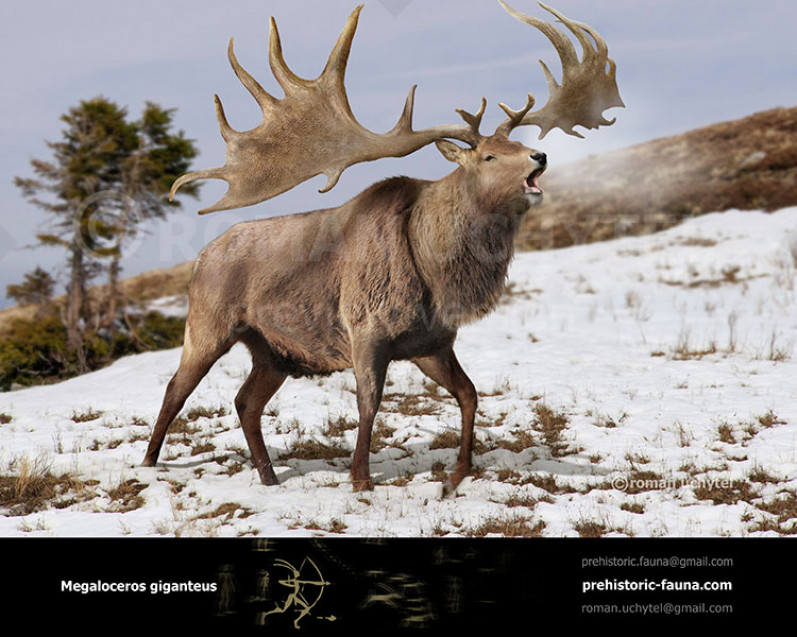
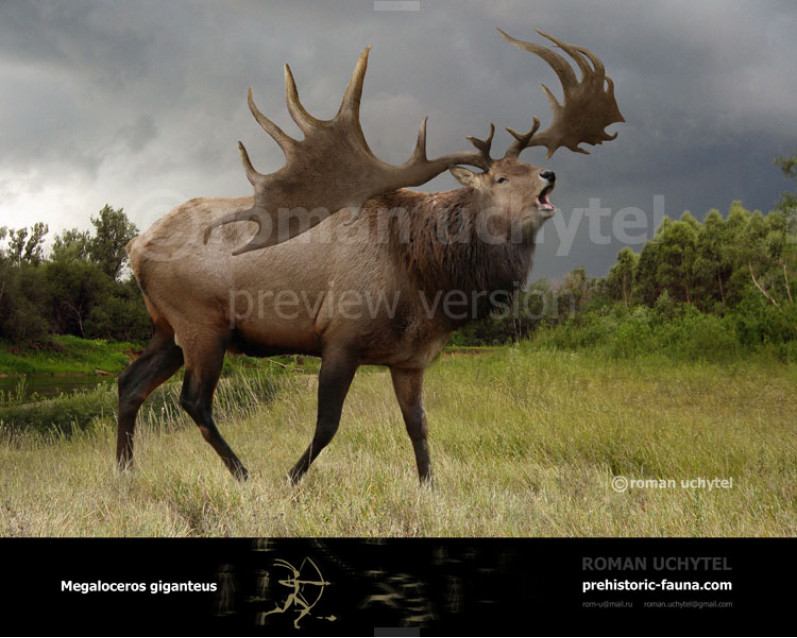
2-797x638.jpg)
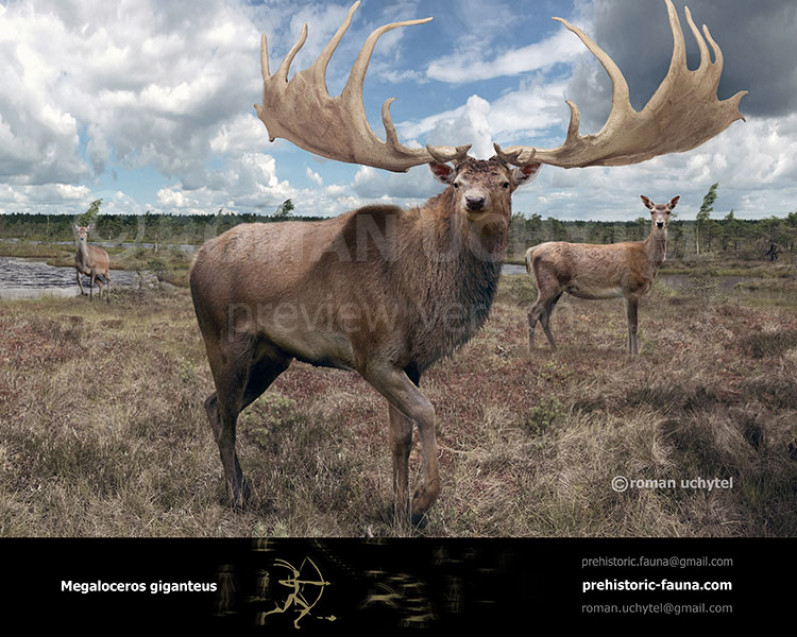
a-797x638.jpg)
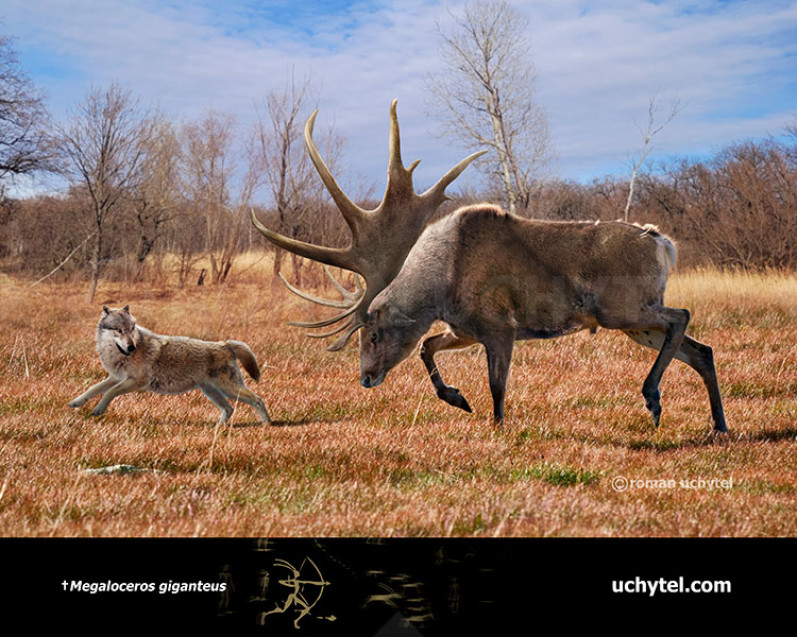
-70x56.jpg)


2-70x56.jpg)

a-70x56.jpg)

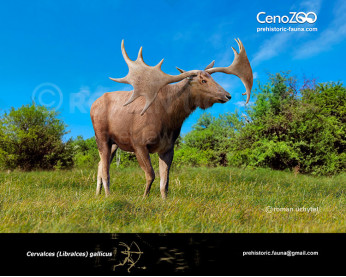
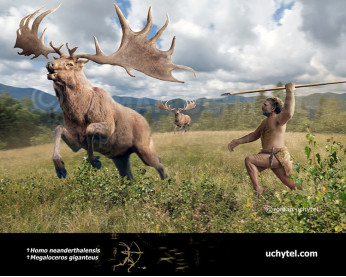
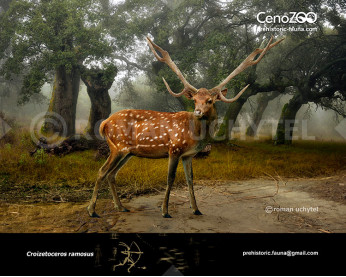
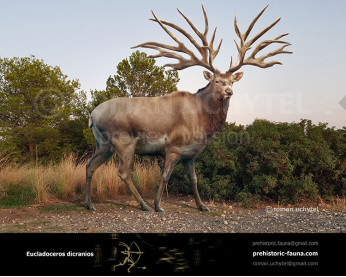
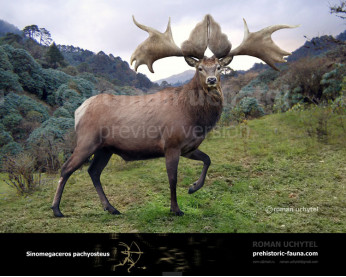
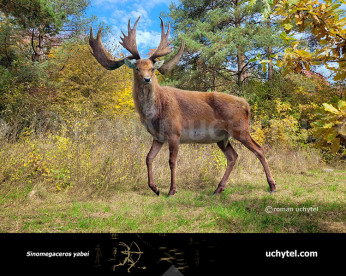
-346x277.jpg)
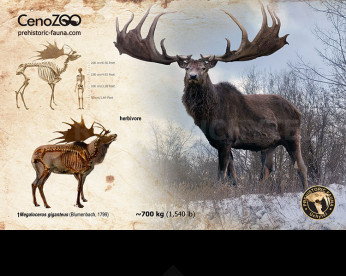
-346x277.jpg)
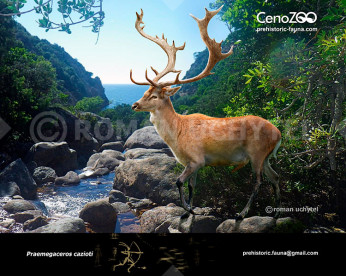
-346x277.jpg)